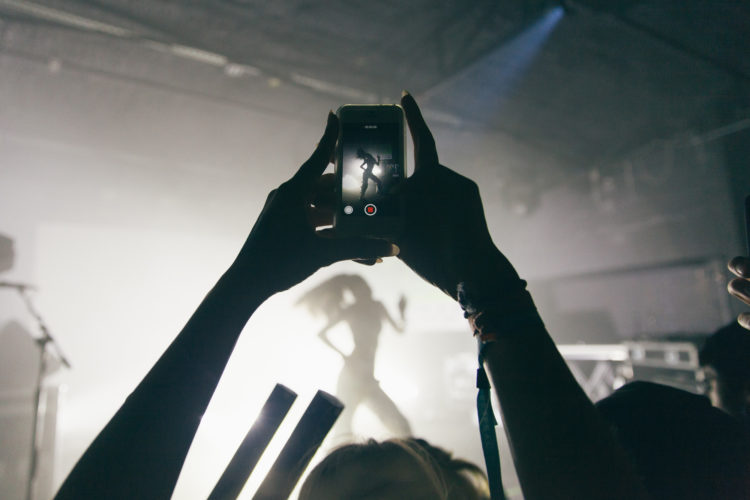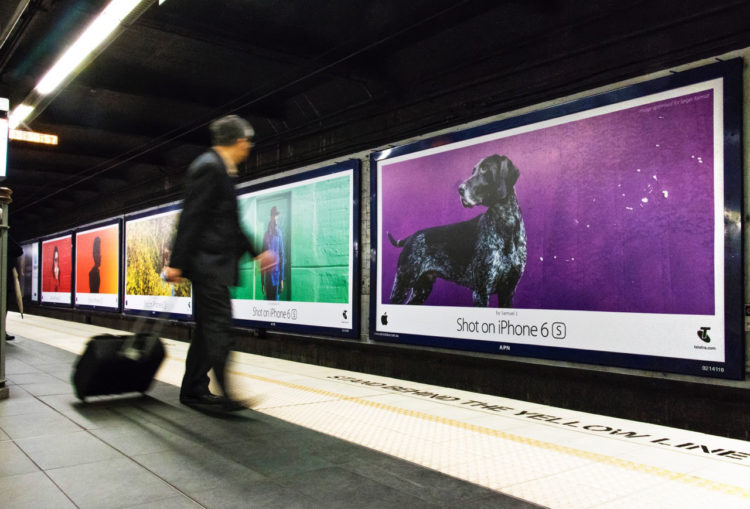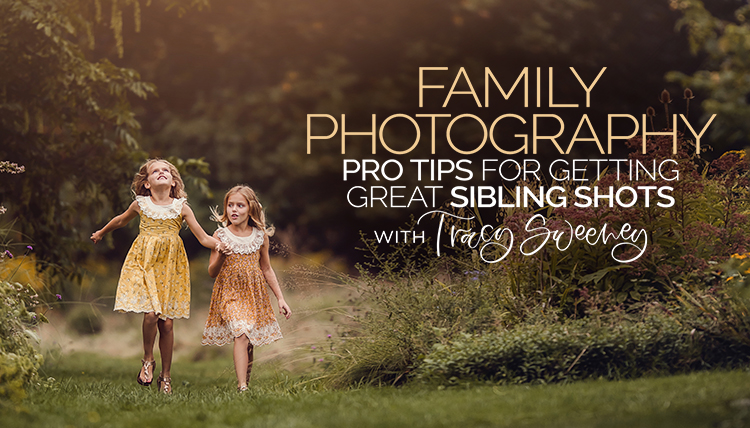Everyone Is A Photographer Or: How I Learned To Stop Worrying And Love My Phone
I distinctly remember the first day I saw a credentialed photographer in the photo pit with an iPhone, and only an iPhone. My fellow “professional” photographers and I were beyond annoyed; we were seriously offended by his mere presence in our workspace. We saw it as a sign of the end of days for us.
And not long after that our fears seemed confirmed when the Chicago Sun-Times decided to lay off their entire photo team in one fell swoop, leaving photography to their journalists armed with iPhones. In the years following that, my Facebook feed/echo chamber has become regularly populated with fatalistic articles and angry status updates about the decline and commoditization of photography at the hands of more and more affordable and accessible cameras enabling more people to become photographers. Cameras that in fact are in most people’s pockets right now.
What Happens When Everyone Has A Camera?
It’s been 5 years since the fateful day when the Sun-Times heralded the beginning of a serious change in the photography world. There are now over 2 billion smartphone owners globally. That’s nearly a third of the population of the entire planet taking photos on their phones. When anyone can do it, what happens to the value of photography? All of the Sun-Times journalists had iPhones which were capable of taking technically decent photos, so why would they bother keeping on seasoned photographers? As many subsequent news articles were quick to point out, this logic didn’t really hold up in practice. The Sun-Times struggled to provide decent imagery for important events after their decision and have released a string of embarrassingly bad covers. This is because although almost everyone has a quality camera, relatively few people are actually good photographers.

A Lower Barrier To Entry Poses Risks, But The Rewards Far Outweigh Them.
Right now, anyone almost anywhere in the world can start an Instagram account featuring only photography from their phone and launch an entire legitimate career. If you’re over the age of 30 or so I want you to really think about that. What did you have to go through to buy your first professional grade camera? How much did you save up, and how old were you when you got it? I’m willing to bet that whatever your story is, it was a lot more challenging than the scenario I just outlined. That’s because the barrier to entry for photography used to be much higher, and the number of working photographers reflected that.
The repercussions of a low barrier to entry are annoyingly well documented. They make people angry and scared, and that’s the sort of viral content that catches like wildfire online. If you’re a professional photographer you probably didn’t need anyone to tell you your business is in peril; you’ve likely noticed it first hand. At best, you’re wasting your time getting angry about the state of things. At worst, you can easily slip into negative thought patterns that become extremely self limiting. Instead of focusing on how to market yourself better in this new terrain, you’ll end up stagnant and mad about how unfair things are.
Smart phones like the iPhone level the playing field when it comes to photography and even film making. I think it’s nothing short of amazing that billions of people all over the world who otherwise may have never had the means to document their lives visually can now do so. And why shouldn’t that be the case? When people ask me what camera to get to be a “good photographer” I have always said that the best camera is simply the one you have. Our gear has never been what makes us good photographers. We have to remember that even with a third of the world capable of taking photos, a truly good photographer is still not a dime a dozen. If you feel threatened by the presence of 2 billion other people with cameras, it’s time to revisit your creative process. Your vision is not a commodity. How can you position yourself to tell stories only you can tell?
Change Is Good. I Promise.
My career as a photographer has changed drastically since its inception 15 years ago. These changes routinely forced me out of my comfort zone and challenged me to explore new territories as a photographer and creative. Our changing professional landscape inspired me to to learn how to code and even led me to creating a pretty successful photography app on iOS for awhile. Scary slow periods between gigs compelled me to work on passion projects that ended up being recognized in publications like WIRED. If I didn’t embrace change and face these challenges, I’d be seriously struggling trying to be the exact same photographer I was 10 years ago. Instead, I went from being that angry photographer in the photo pit to, of all things, an Art Director for Apple’s #ShotOniPhone campaign and helped launch their official Instagram account, @apple. How things come full circle!
Photography can be a particularly difficult career to manage because it’s a unique blend of being both a trade and art. As a profession it brings the challenges and rewards of both. The major changes that have happened over the last 5 years are the growing pains of a trade. Our tools have changed, our process has changed. But photography is still an art, and art isn’t going anywhere. If we gave 2 billion people paint and a canvas, how many Picassos would there be? There will always be a demand for compelling imagery, whether that’s printed and hung on a wall or on the screen of a phone. The changes of our trade have put us all in a position to make an important decision: will we change too?
Ellie Pritts is a photographer and director based in Los Angeles. Her imaginative work has captured the attention of esteemed publications such as WIRED and TIME, who named her one of the top photographers to follow in the U.S. She now additionally works as a marketing consultant for professional creatives. Check out more of her work at ElliePritts.com, and keep up with her on Instagram, Facebook and Twitter.










